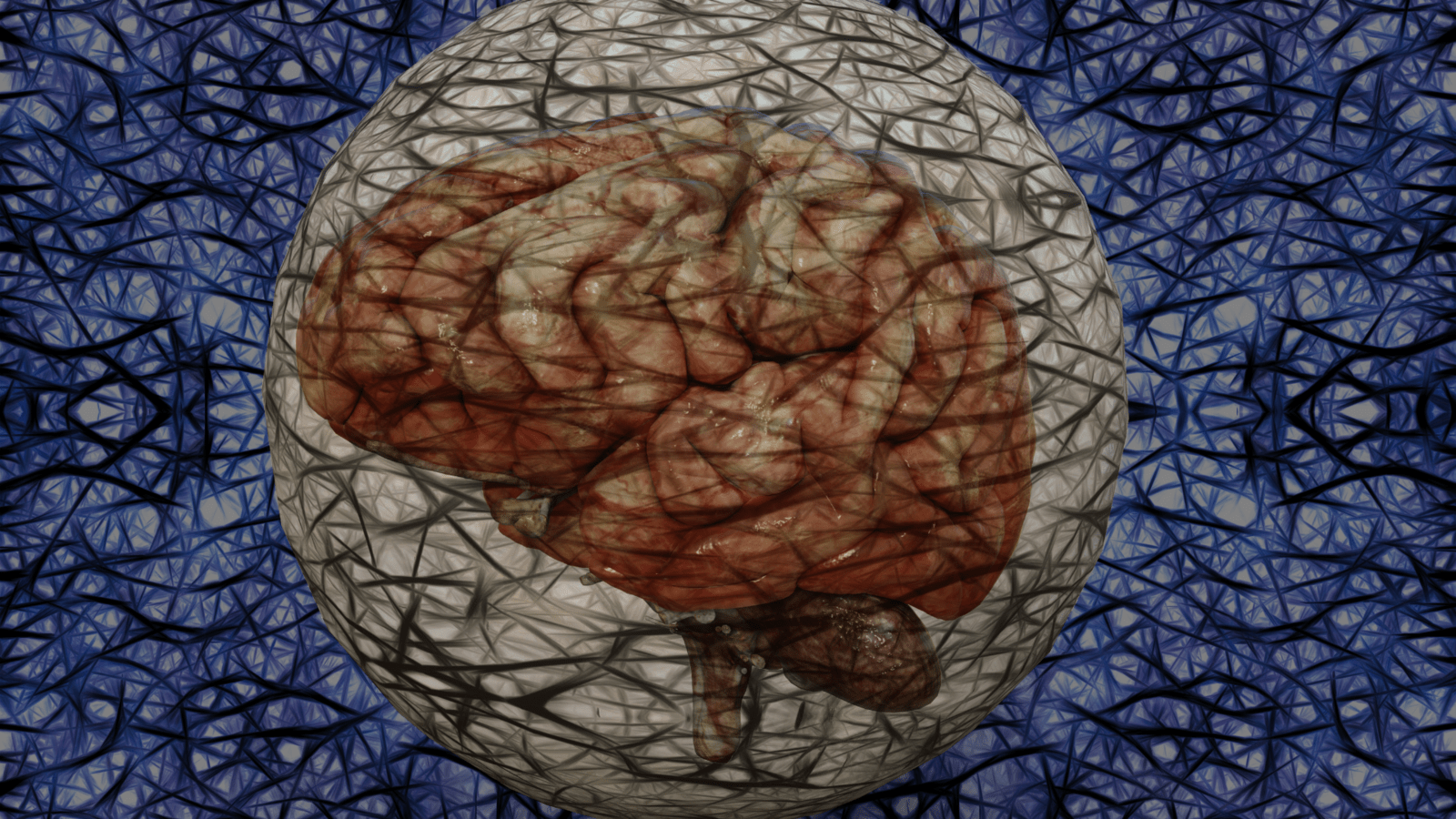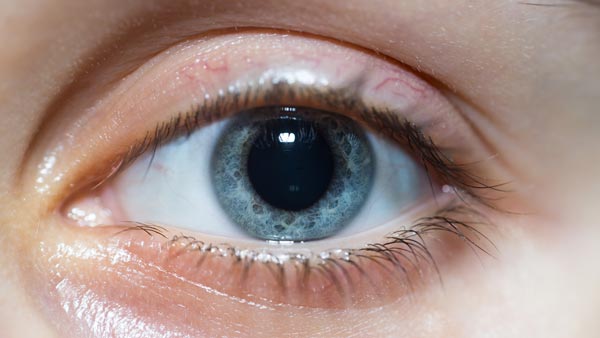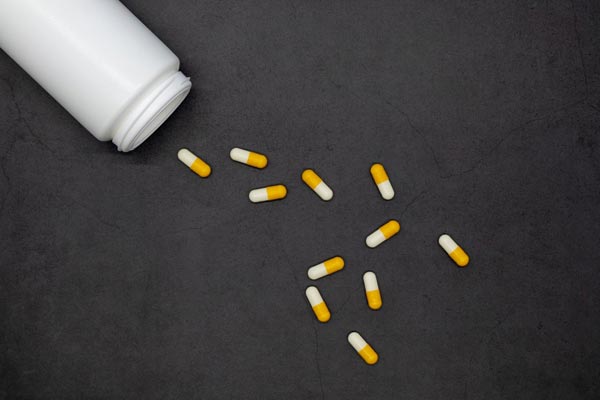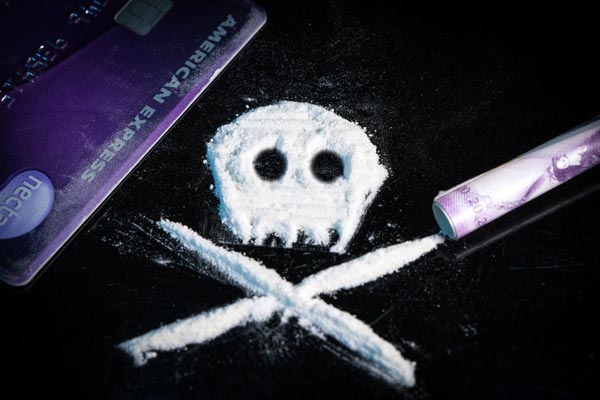Key Points
- Acid is an extremely potent psychedelic drug with hallucinogenic properties.
- One study found that the use of LSD has been on the rise over the past couple of decades, citing a 200% increase in LSD usage from 2002 to 2018.
- Acid is most commonly taken in micrograms but there is no “standard” dose.
- The risk of forming a physical dependence on LSD is low, but the risk of psychological dependence on LSD is higher.
- You can overdose on acid but it looks different than opioid or benzo overdose and is virtually inseparable from a “bad trip.”

The substance “Lysergic acid diethylamide,” commonly known as “LSD” or “acid,” is a substance surrounded by both present and historical controversy.
Proponents want to decriminalize acid to make it an accepted form of therapeutic medicine. They argue that acid overdose is almost impossible while its health benefits are numerous.
This begs the question – CAN you overdose on acid? While acid can be consumed in toxic amounts, causing adverse physical reactions, these occurrences are extremely rare. But, this does not necessarily make acid a “safe” drug. Here, you’ll learn what acid is, how it works, its potential for dependence, and the implications of overdosing on acid.
What Is Acid or LSD?
Acid is an extremely potent psychedelic drug with hallucinogenic properties. When a person is high on acid, they may see, hear, feel, taste, or smell unreal things. It’s a synthetic substance made from lysergic acid, which itself is derived from a type of fungus called “ergot” that infects cereal grains.
The high that users experience after ingesting LSD is often called a “trip” and can elicit adrenaline spiking, enriching, enjoyable, non-threatening, and/or psychoactive feelings. On the other hand, users may have a nerve-wracking, anxious, unpleasant experience called a “bad trip,” depending on how much LSD they take.
History of LSD
Swiss chemist Albert Hoffmann synthesized LSD in 1943. Though he was the first person to experience the mind-bending effects of LSD, he was surely not the last.
During the 1960’s the drug became a favorite psychedelic drug of the counter-cultural movement. Acid trips provided the material for Alduous Huxley’s famous work “The Doors of Perception” and, by extension, the name of the drug-fueled band “The Doors.”
LSD was, and still is, classified as a Schedule I drug in the U.S. by the Controlled Substances Act of 1970. Drugs in this category have a high potential for abuse and no recognized medical uses. No medical research has taken place since 1970 in the US to determine medical usage.
Different Forms of Acid
There are a few forms that acid is available in – most commonly, absorbent paper divided into small squares, with each square serving as one dose. Other forms include tablets, saturated sugar cubes, or liquid.
In the U.S., acid is used by people of all ages. One study found that the use of LSD has been on the rise over the past couple of decades, citing a 200% increase in LSD usage from 2002 to 2018.[1] In 2021, 45,826 people aged 12+ in the U.S. reported using hallucinogens at some point in their life.[2]
How Does LSD Work?
LSD interacts with serotonin receptors in the brain to produce changes in one’s mood and sensations.[3]
Many users report experiencing overlapping senses, like “feeling” colors and “tasting” sounds. The immediate effects of LSD are mainly on one’s emotional state, causing the person to experience a range of emotions such as euphoria, invisibility, panic, and paranoia.
Using acid on a long-term basis doesn’t result in physical dependence, but psychological dependence is still possible. Some people also experience psychosis symptoms or hallucinogen-persisting perception disorder (HPPD) while under the influence of acid.
LSD is currently being trialed on a medicinal basis in labs across Europe and North America as palliative care to ease patient’s suffering on deathbeds.[4] It was previously trialed as a single-session treatment for alcoholism in the 1960s and for psychotherapy with special permission from the Swiss government from 1988-1993.[5][6]
Dosing
Acid is most commonly taken in micrograms. Compared to many other recreational drugs, which are taken in milligrams or grams, micrograms are a much smaller dose (1,000 micrograms equals 1 milligram). However, because of the potency of LSD, it only takes a minuscule amount to cause a psychedelic experience.
There is no “standard” dose. However, it’s most commonly consumed 50 to 200 micrograms at a time and is considered non-toxic and medically safe.[7] The overdose threshold for an individual will highly depend on their tolerance, which increases as LSD usage becomes more frequent.
LSD’s Effect on the Brain

One study suggests that LSD-induced serotonin receptor activation leads to a breakdown of inhibitory processes in your brain’s hippocampal prefrontal cortex.[8]
Brain activity, in general, slows down. This serotonin downregulation might be one reason why LSD could be helpful to help patients avoid stress-related relapses.[9] LSD could trigger synaptic neuroplasticity changes, which form the basis of persistent behavioral change.
LSD’s Effect on the Body
LSD decreases prepulse inhibition.[10] Prepulse inhibition is where an involuntary weak startle stimulus can suppress the body’s response to a subsequent, strong stimulus.
LSD has many other effects on the body, such as significantly increasing blood pressure, heart rate, body temperature, pupil size, plasma cortisol, prolactin, oxytocin, and epinephrine.[11]
Is LSD Addictive?
LSD affects serotonin (mood) receptors rather than dopamine (pleasure) receptors. Since serotonin is a mood stabilizer, doses of increased serotonin are less likely to lead to addiction. The risk of forming a physical dependence on LSD is low, but the risk of psychological dependence on LSD is higher.
People might want to continually experience “good trips” after one good experience. This mental fixation can turn into psychological dependence.
Mental Symptoms of LSD Use Include:[12]
- Delusions
- Visual hallucinations
- Time and identity distortion
- Depth and time perception impairment
- Euphoria
- Depersonalization/Derealizatoin
- Terrifying mental images
- Fear of losing control
- Fear of dying
- Panic attacks
Emotional Symptoms of LSD Use Include:[13]
- Happiness
- Closeness to others
- Openness
- Trust
Physical Symptoms of LSD Use:[14]
- Dilated pupils
- Higher or lower body temperature
- Sweating or chills (temperature dysregulation)
- Loss of appetite & weight loss
- Insomnia
- Dry mouth
- Involuntary shaking of hands or feet
Short-Term LSD Effects
Overwhelmingly, the predominant short-term effects of short-term, low-dosage LSD are positive.[15] Some of these effects include intense visual hallucinations, audiovisual synesthesia (e.g., tasting colors), and positively experienced derealization (i.e., nothing is real) and depersonalization phenomena (i.e., getting outside of your body).
LSD is a first-order elimination drug, which means a constant proportion of the drug is eliminated from the body per unit of time. Instead of a linear elimination, the elimination looks more like an exponential decay line. More at the beginning is eliminated than at the end.
Long-Term LSD Effects
There are possible adverse side effects of using LSD. One of the side effects of long-term LSD use is Hallucinogen Persisting Perception Disorder (HPPD). This condition is the persistence of audiovisual hallucinations days, weeks, or months after LSD has been eliminated from the body.
These come as “flashbacks,” which can trigger anxiety, panic, fear, disappointment, depression, and despair even if the drug is no longer in the system.[16] The more LSD you take, the more physical tolerance you build to it. You will need more and more to experience the same “good tripping” effect.
Long-term LSD use can lead to hypothermia, irregular heartbeat, elevated blood pressure, and elevated blood sugar levels.[17]
Can You Overdose On Acid?
Yes, you can, but an acid overdose looks different than opioid or benzo overdose. An acid overdose is virtually inseparable from a “bad trip.” Bad trips are adverse side effects associated with using too much LSD. The most dangerous part of a bad trip is the physical behavior of a person while they are using it.
An acid overdose presents as a subjectively scary experience (hallucinations, depersonalization, and derealization), whereas opioid and benzo overdoses present as an objectively dangerous experience (respiratory depression, unconsciousness, coma, death).
How Much LSD Does It Take To Overdose?
It depends on several factors, but generally, it would take an unrealistically high amount. A non-toxic and medically safe amount is considered 50-200 micrograms.[18]
There is no evidence of organ damage, even at very high doses. Due to its schedule 1 categorization, little research has been done on potential overdosing on LSD.
Older research from 1973 suggests that 14,000 micrograms could be the lethal dose for humans.[19] Every existing report on LSD toxicity so far only looks at a few individual cases rather than a representative sample. Furthermore, most of the existing medical case studies have extenuating circumstances, such as the presence of other drugs and the use of physical restraint by authorities.
What Does An LSD Overdose Look Like?
If someone is experiencing panic, fear, depression, despair, or disappointment, they might be experiencing a bad acid trip.[20]
The real danger is a person’s actions and dissociative behavior. If people are experiencing hallucinations in a high-risk environment, they could cause serious injury to themselves or others. If they are operating a motor vehicle or have access to a high place from which falling is possible, they are in danger.
What To Do If Someone Has Overdosed On LSD
If someone you know has overdosed on LSD, call 911 or the Poison Help Hotline. Keep the person calm, and move them to a safe environment if possible. Make sure they have unobstructed breathing. If they are experiencing the negative effects of the drug, comfort them until the medics arrive.
Frequently Asked Questions About Acid
The Heights Treatment Editorial Guidelines
There is a vast amount of misinformation online especially as it relates to health & wellness. We have made it our mission at The Heights Treatment to provide accurate, medically sound content that has been medically reviewed by a doctorate level clinician so that you can trust the information contained within our website.





